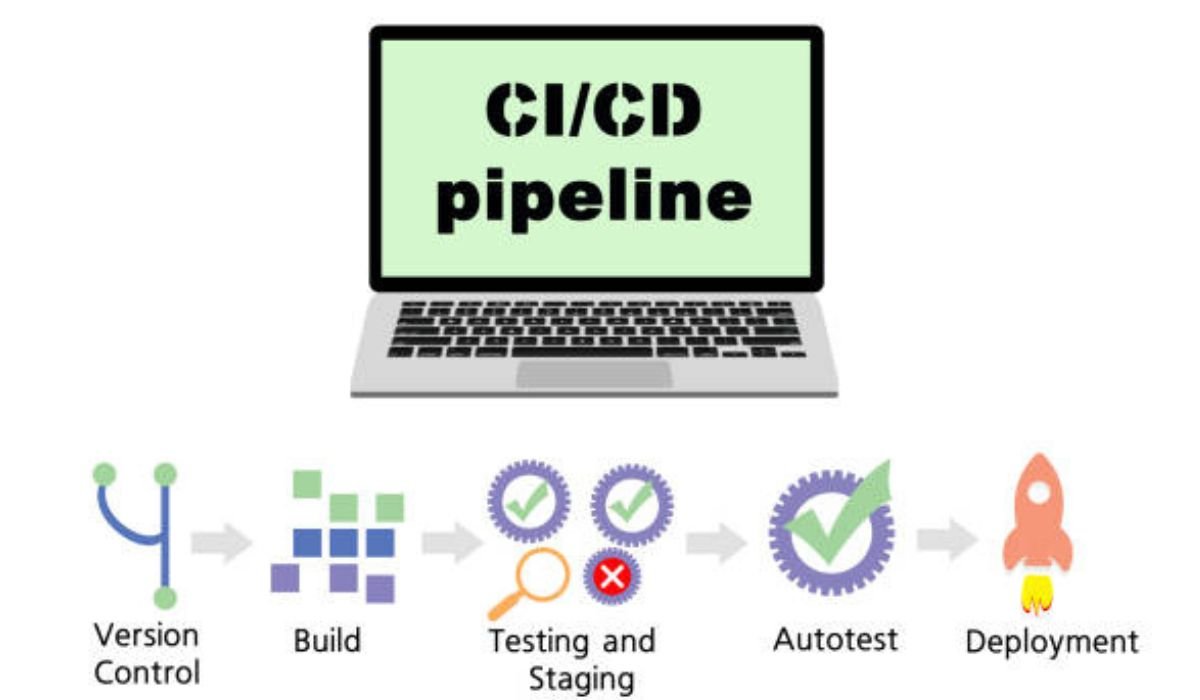The transition to a cleaner energy grid is no longer a distant goal—it’s unfolding rapidly across neighborhoods, towns, and cities thanks to the efforts of solar providers. These companies are redefining how electricity is generated, stored, and distributed by integrating decentralized solar power into the broader energy infrastructure. The contribution of solar providers extends beyond installing panels on rooftops. Their work is shaping a new energy economy where clean electricity, smart storage, and efficient consumption are all interconnected. We will explore how solar providers, such as those serving Fairfield, CA, play a pivotal role in strengthening and modernizing the electric grid through innovation, access, and smarter energy practices.
Key Ways Solar Providers Strengthen and Clean the Grid
- Decentralizing Energy Production and Reducing Grid Strain
Solar providers empower individual homes and businesses to become small-scale energy producers through rooftop solar systems. This decentralization significantly reduces the burden on centralized power plants and transmission lines, especially during peak usage times. When thousands of solar-powered homes generate electricity simultaneously, less demand is placed on fossil-fuel-driven power plants. This drop in centralized demand helps prevent overloads, reduces the need for expensive energy imports, and enhances overall grid reliability. In regions like Fairfield, CA, where sunlight is abundant, local solar generation becomes a dependable supplement to the main grid. As North Valley Solar Power installs more systems throughout communities, it helps disperse energy production, reduces reliance on aging grid infrastructure, and creates a more robust and adaptable energy network.
- Lowering Carbon Emissions Through Clean Generation
One of the most impactful ways solar providers contribute to a cleaner grid is by enabling clean electricity generation at the source. Unlike traditional fossil-fuel power plants that emit carbon dioxide and other pollutants, solar energy systems produce zero emissions during operation. Every kilowatt-hour generated by solar panels displaces energy that might otherwise come from natural gas or coal. Over time, this displacement results in a measurable reduction in greenhouse gas emissions. In areas with consistent solar adoption, entire communities can significantly reduce their carbon footprint.
Solar providers also offer net metering programs that allow homeowners to export excess electricity back to the grid. These exported electrons are clean, contributing directly to a greener mix of power in the local utility’s supply. By expanding the availability of solar technology, providers give communities the tools to participate in direct emissions reduction—one rooftop at a time.
- Enhancing Grid Resilience with Battery Storage Solutions
Modern solar providers are increasingly integrating battery storage solutions into their offerings. These systems allow homeowners and businesses to store excess solar energy for use during nighttime or power outages. On a larger scale, storage technology helps balance supply and demand on the grid, especially during periods of intermittent renewable energy production. For instance, when clouds temporarily reduce solar output, stored energy can kick in and maintain power flow. In emergency scenarios, such as natural disasters or grid failures, battery-backed solar systems can operate independently, providing reliable electricity when the main grid is down.
In Fairfield and similar regions, where energy reliability is a growing concern, solar providers that offer storage ensure that both residential and commercial clients can withstand disruptions. This added resilience strengthens the grid overall, making it less vulnerable to both predictable and unexpected challenges.
- Promoting Energy Independence and Grid Participation
Solar providers enable customers to participate more actively in the energy economy. Rather than remaining passive consumers, solar-equipped households and businesses become proactive contributors to the energy market. Net metering, time-of-use pricing, and demand-response programs incentivize solar users to align their energy usage with grid conditions. This symbiotic relationship benefits both the utility grid and its customers.
Additionally, solar providers help reduce the need for utilities to invest in costly new power plants or transmission lines by tapping into distributed solar resources. This shared production model lowers energy costs across the board and fosters local energy independence. In California, where clean energy policies are accelerating, providers working in places like Fairfield help the region move closer to energy autonomy while reducing dependency on imported fossil fuels. By educating consumers and facilitating seamless grid connections, these companies build the foundation for a more participatory, transparent, and democratic energy future.
Solar providers are playing a dynamic and crucial role in transforming the electric grid into a cleaner, more sustainable system. Their impact is visible not only in the reduction of emissions but also in the decentralization of energy production, the strengthening of grid reliability, and the empowerment of communities. From enabling homegrown electricity to building grid-friendly battery solutions and introducing smart technologies, their contributions go far beyond basic energy supply.
In cities like Fairfield, CA, solar providers are helping to shape a future where clean energy is the norm, not the exception. As adoption grows and technology advances, the collaboration between solar providers, consumers, and utilities will continue to define the pathway to a resilient and carbon-neutral grid. Through this partnership, we’re not just installing solar panels—we’re creating a more efficient and equitable energy landscape for future generations.
READ ALSO: Maximize Home Energy Savings with Solar Panel Solutions











